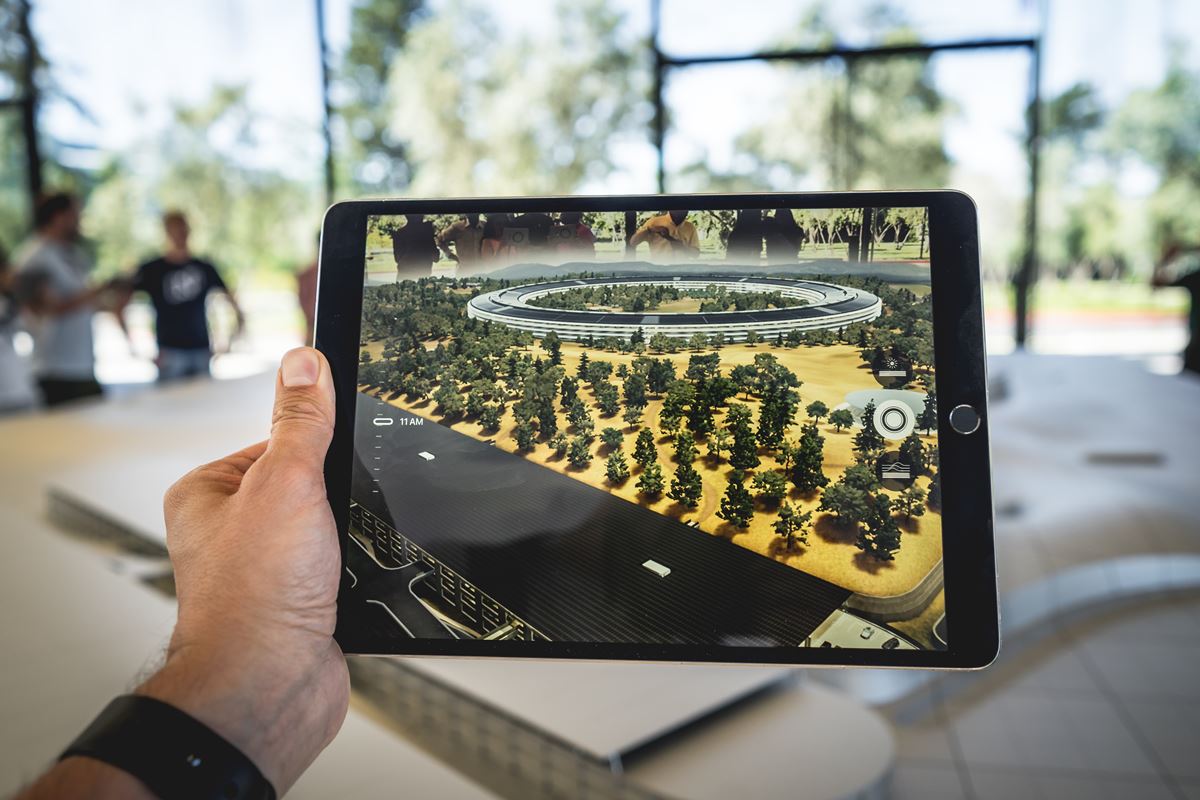Can you believe futuristic construction equipment is already transforming jobsites?
The perennial problems of low productivity, skilled labour shortage, and outdated equipment showing lags — all have emerged out of worn-out management methods. Project owners being wary of the actual impact of new technology hesitantly approach its potential.
Meanwhile, advanced technologies get introduced and improved continually, nudging construction firms toward quicker adoption lest they lose competitive edge in the long run. In an industry riddled with monumental risks from labour strikes to global supply chain failures, technology promises answers nobody does. Fusing high-tech software and equipment with the knowledge needed to operate digital systems, businesses stand to gain a lot more than minor inconveniences in the short term.
Prefabrication, automation, digitization, modularization, and green-proofing building materials are already in the works to creating a more connected, safe, and productive work environment on jobsites. Well-coordinated IT systems running in the back end prevent office-based teams from wasting time in assessing jobsite conditions, to garner the data they want to respond to project needs.
Remarkable progress has been made until now by purposefully using technology.
Here are the six most usable new construction technologies that are catching up as quickly as they’re upgraded.
Artificial intelligence (AI) streamlines processes
AI-run software and applications have broken new ground in managing projects.
Construction managers feel beholden to traditional ways of noting down issues and creating manual records of pre-construction and jobsite activities. If they skipped that part and focused on addressing issues before they wreak havoc, they’d be better positioned to optimize resources and timelines.
A high-quality database of past project results can become an efficiency machine when developed through machine learning processes. Deeply recognizing patterns across construction phases, deep learning—a subset of machine learning—generates real-time predictions that inform decisions made in the flick of a second. When seen within the context of larger AI systems, these capabilities can help managers build realistic schedules after reviewing the pros and cons of multiple scenarios in which the project could operate.
In the actual build process, AI fortifies a construction manager’s business sense by analyzing building materials for durability and risks—averting jobsite hazards and reworks further in the process should cracks form in the material. AI also supervises workers for safety and efficiency, as it immediately alerts managers if a certain protocol isn’t being followed or a sub-optimal task orientation is at play.
While not entirely foolproof, AI can replace manual inefficiencies with sophisticated and adaptable applications supporting a construction manager’s profile. Read this post to find out exactly what construction managers do as against a project manager, who is a representative of the project owner.
Augmented reality (AR) and virtual reality (VR) lead safety
We’ve all heard how adventure-loving gaming enthusiasts drool over AR gadgets. The construction industry is no less touched by these marvels.
Construction workers routinely put on AR goggles to better survey sites for increased efficiency without having to be physically present. Site excavation and grading is a crucial component in construction phases, where self-driving earth-moving equipment moves materials and dredges up and levels the ground while a construction manager supervises them from a designated control room. This has made jobsites safer as certain sites can pose health threats to workers directly engaging with the soil and accompanying weather conditions.
Site walkthroughs are essential to maintaining structural integrity. 3D VR walkthroughs have become a worker’s see-through eyes while they evaluate installations and fixtures according to construction plan documents. Manual walkthroughs wouldn’t reveal latent or developing risks before, which progressively turned into damaging results for the client.
Making measurements of each layer of the floor plan more precise, and how it affects the end product—VR has revolutionized not just jobsite tasks but how projects are pitched. Architects can model structures through VR technology tightening the focus on the build process. Project owners and clients can see how their expected structure would shape up in reality through its nearest-possible version.
Reduced operational snags and costs allow builders to own competitive bidding processes. Once they’ve won the project, a twin sibling of VR greets them at the after party—business information modelling syncs everyone on the project until after completion. Its advanced data management capabilities, documentation, maintenance, and collaborative power have led construction managers on the path of project success.
Internet of things (IoT) connects a project’s missing links
IoT capabilities and expertise have improved owner-client networks to develop greater transparency and accountability toward a project.
IoT devices installed on construction sites actively communicate project insights and updates to all stakeholders. Many construction firms have outsourced internet-based processes to specialized firms. Others have founded IoT departments to leverage this ever-evolving technology for quality and productivity purposes.
A connected ecosystem of project parties and construction processes will build more responsive structures, as a result, cities and nations.
Modular construction has picked up yesteryear construction slack
No longer do construction companies need to lay bricks and pour concrete.
They can build homes and offices more affordably and efficiently in factories. Modular construction, also known as prefabricated construction, is gaining momentum among small-size construction firms desiring efficiencies at scale. While sections of a structure get assembled by sophisticated equipment, the build process doesn’t substitute workers with machinery. 3D printing has changed how designing’s done, serving a solid precursor to the actual construction process. Tying up the loose ends of traditional construction is all well and good, however, insuring every construction project from risks—especially home construction projects as with fewer resources and experts on-site, chances of risks seem rather high. Read why insuring your residential construction is a top priority.
These capabilities have stirred modular construction’s growth, which is predicted to rise over 6% annually until 2023.
Welcoming exoskeletons to the mix
Ekso Bionics leads the market in the exoskeleton niche. Exoskeletons help workers move bricklayers and push through heavier material across work zones. Companies already using it have attested to its growth-enhancing potential. Construction managers are free from worry about safety as they increase worker safety by reducing hazardous exposure.
More and more owners want to capitalize on exoskeletons and wearable robotics, as blending the benefits of hardware and software capabilities of 3-D metal printing of lead and steel construction components, will increase jobsite performance levels and cut costs.
Autonomous machinery nullifies resource constraints
Large-scale construction projects involving commercial properties and mining sites are hard to score on efficiency, except with autonomous heavy equipment.
Self-driving trucks, bulldozers, cranes, and small site vehicles eliminate the need for hiring labour—already in short supply—to conduct routine tasks such as excavation, grading, surveying, and soil preparation.
Closing thoughts
Owners and contractors can hope to see a lot more disruptions in the near future. To position themselves as stand-outs, they need to make the case for taking technology seriously sooner than later.
Owners should segregate high-priority projects that must be integrated with tools and applications. Automating existing processes and forming new methods to address rising complexities in the construction industry is the way forward. Contractors have been disillusioned by the potencies of construction management software optimizing and sequencing construction activities across distinct circumstances.
Both parties should also embrace tech start-ups and seek novel talent hunting ways to operate incoming digital technology. The more the investment in the right tech options, the better the chances of turning odds of success in your favour.








